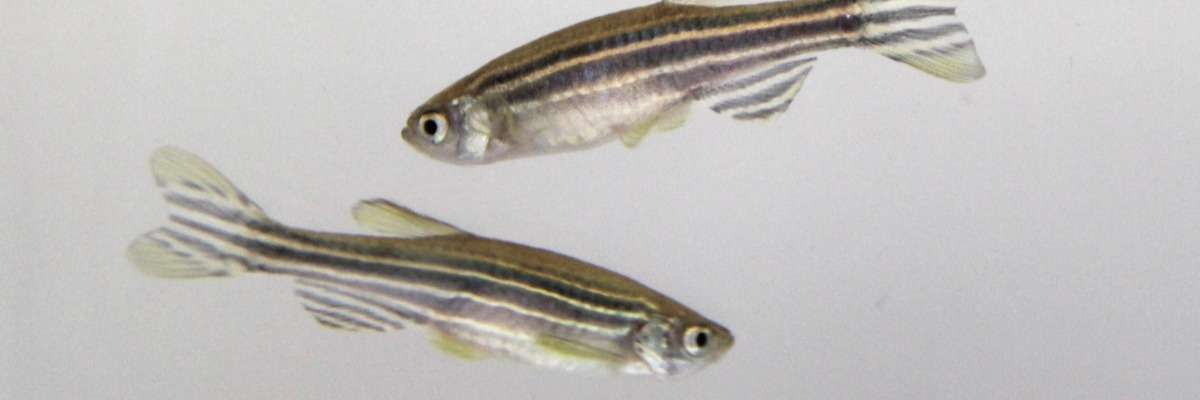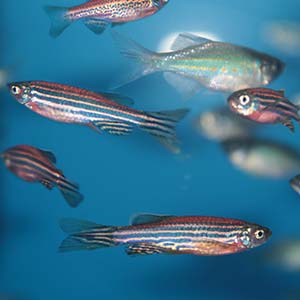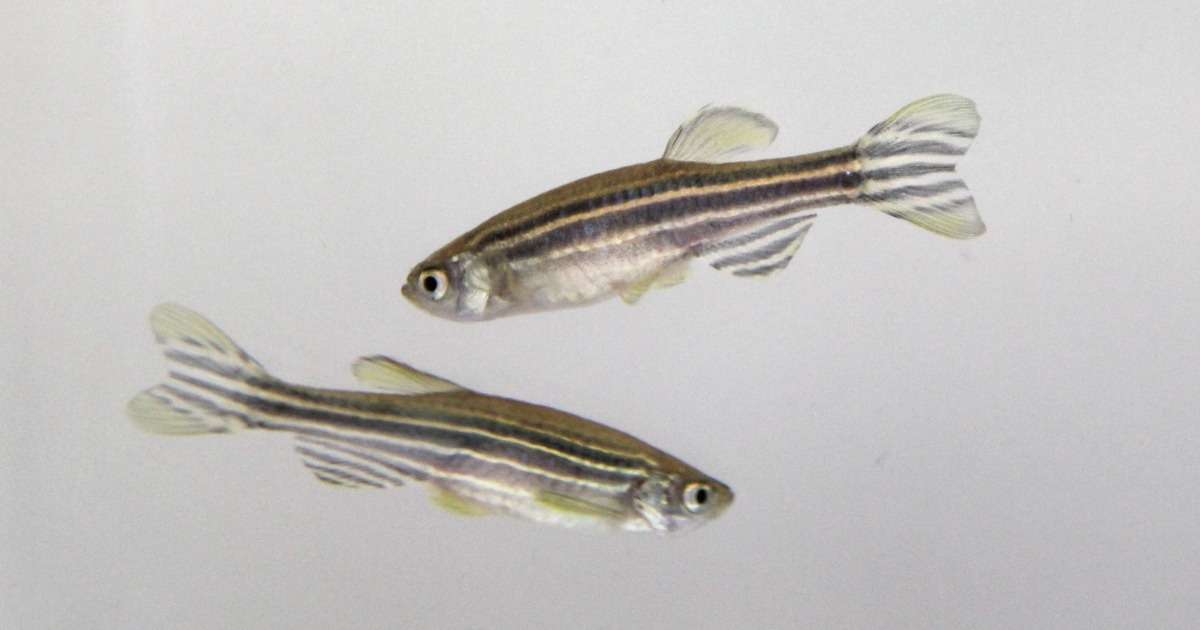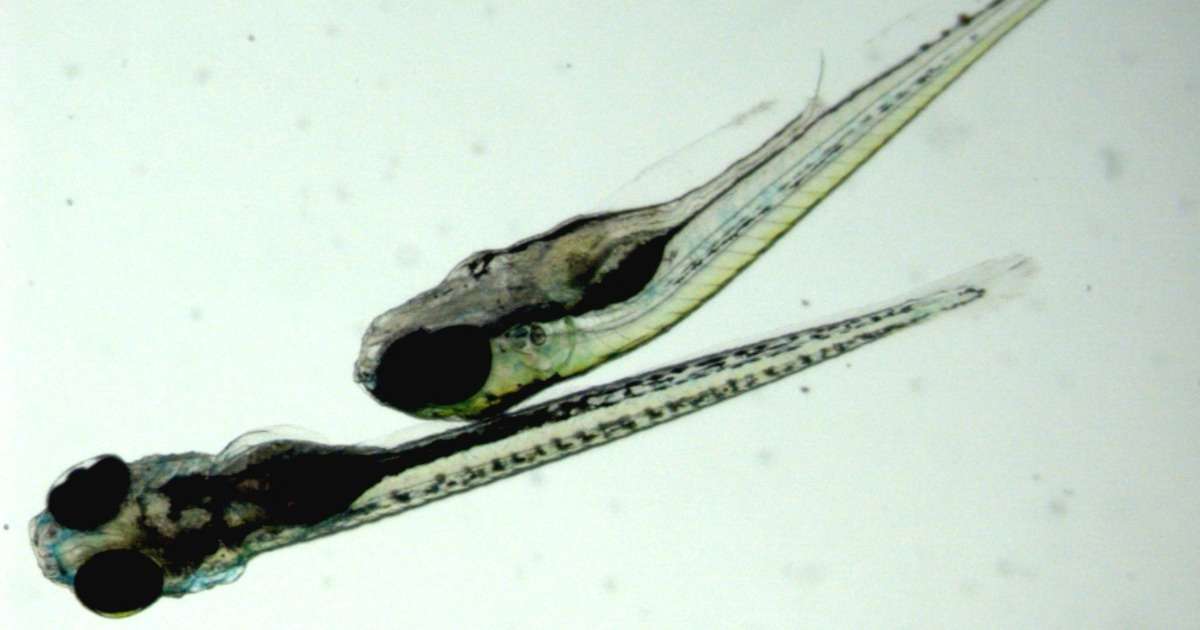
Zebrafish tracking to uncover subtle effects of embryonic alcohol exposure
Zebrafish are not the first species one might think of as being exposed to alcohol in their natural environment. Nevertheless, they have been used in alcohol related research for years. Recently, zebrafish have been shown to be useful in studying Fetal Alcohol Spectrum Disorders (FASD).
Fetal Alcohol Spectrum Disorder: A relevant and current problem
When a pregnant woman consumes alcohol, her fetus is at risk of developing Fetal Alcohol Spectrum Disorder. There is no known safe amount that can be consumed, and risks involve neurological, physical, and behavioral disabilities. These can be severe, in which case the symptoms are grouped under Fetal Alcohol Syndrome. When symptoms are mild, they are difficult to diagnose and are grouped under Fetal Alcohol Spectrum Disorder. Due to the difficulty of diagnosis, it is also difficult to estimate an exact prevalence of these developmental problems. Equally difficult then, is to estimate the cost to society. As far as this can be estimated, costs runs into the billions of dollars in the United States alone, and prevalence is around 1 in every 100 live births.
The need for more research in FASD
There is a continued need to better understand the effects of embryonic alcohol exposure. Developing a better understanding may lead to interventions and treatment in the future. Zebrafish can be particularly useful when studying the effects of alcohol on embryonic development, and beyond. While zebrafish may not encounter alcohol in their natural environment, they can easily be exposed to it by introducing it into the water they swim in. Dosing zebrafish at the embryonic stage is equally straightforward; adding alcohol to a petridish containing zebrafish eggs and system water is sufficient. Thanks to development taking place externally from the mother (and alcohol can pass through the chorion), timing of exposure can be chosen precisely; another big advantage of using this small fish.
Recent studies using Zebrafish in FASD research
I have spent a substantial part of my graduate studies investigating whether we can use zebrafish in FASD studies. It turns out, we have some good evidence that this is the case. Fernandes and Gerlai (2009) first established that behavioral effects of embryonic exposure can be seen in adult zebrafish. It is important to point out that the alcohol doses used in this study were very small (0-1% v/v of which about 1/30th penetrates the chorion, for a single 2 hour exposure). This study used EthoVision to measure the distance of focal fish on a shoaling stimulus image on a screen adjacent to the testing tank. EthoVision tracked the movements of a single fish, and while with plain observation fish behaved seemingly normal, after analysis of the data Fernandes and Gerlai found the treated fish to reduce their time spent close to the stimulus fish. The distance between the treated fish and stimulus image was, on average, also larger when compared to control individuals. This study set the stage to show we can observe subtle behavioral changes after a moderate dose, one time, alcohol exposure, which are not apparently from plain observation without video tracking analysis.

Building on the work done by Fernandes and Gerlai, I continued to study the effects of the same low doses of alcohol on zebrafish behavior, but in a slightly different context. Also having been interested in shoaling as a parameter, I used an open field task and ten live focal fish at once to assess the inter-individual distances among the group members. Previously, Fernandes and Gerlai had already established that behavioral differences could be observed in adult fish, but I was also interested in looking at how these behavioral differences develop from the larval stage. The results of this study have been submitted for publication now, but previously we were able to confirm the prior made observations in live shoals as well. In a live shoal, group members treated with alcohol also present a greater average distance from each other compared to control (Buske & Gerlai, 2011). Unlike Fernandes and Gerlai, I was not able to show a dose-dependent trend in this response. This is where perhaps tracking a single fish with EthoVision is able to isolate this observation.
Tying in neurochemical changes with behavioral observations
Where there is a behavioral change, one would also expect to see changes in the brain. A single dosing event, and using very low concentrations of alcohol, was able to generate reproducible reduction in social behavior in zebrafish, but we did not necessarily expect that this would also generate a measurable neurochemical change. I was not able to discern between the alcohol treated groups, but when comparing alcohol treated groups and control, the whole-brain samples from the alcohol groups showed significant reductions in dopamine and serotonin. Dopamine and serotonin are both important neurotransmitters in social behavior. While I cannot suggest a causal link between the two results, they offer an interesting starting point for future study.
In short, zebrafish have shown not only to be an excellent model for studying the effect of high dose embryonic alcohol exposure in previous studies (Carvan, Loucks, Weber, & Williams, 2004; Matsui, Egana, Sponholtz, Adolph, & Dowling, 2006), but also an excellent model to assess the behavioral consequences of low dose embryonic alcohol exposure in adult fish (Buske & Gerlai, 2011; Fernandes & Gerlai, 2009).
Learn more! Speakers at the "One stripe ahead: Using zebrafish to model neurobehavioral disorders" symposium presented recent developments in the field of biological psychiatry utilizing zebrafish-based paradigms.
References
- Buske, C., & Gerlai, R. (2011). Early embryonic ethanol exposure impairs shoaling and the dopaminergic and serotoninergic systems in adult zebrafish. Neurotoxicology and Teratology, 33 (6), 698–707. doi:doi: 10.1016/j.ntt.2011.05.009
- Carvan, M. J., Loucks, E., Weber, D. N., & Williams, F. E. (2004). Ethanol effects on the developing zebrafish: neurobehavior and skeletal morphogenesis. Neurotoxicology and Teratology, 26 (6), 757–768. doi:10.1016/j.ntt.2004.06.016
- Fernandes, Y., & Gerlai, R. (2009). Long-term behavioral changes in response to early developmental exposure to ethanol in zebrafish. Alcoholism, Clinical and Experimental Research, 33 (4), 601–609. doi:10.1111/j.1530-0277.2008.00874.x
- Matsui, J. I., Egana, A. L., Sponholtz, T. R., Adolph, A. R., & Dowling, J. E. (2006). Effects of ethanol on photoreceptors and visual function in developing zebrafish. Investigative Ophthalmology & Visual Science, 47 (10), 4589–4597. doi:10.1167/iovs.05-0971
Get the latest blog posts delivered to your inbox - every 15th of the month
more

Zebrafish tracking to uncover subtle effects of embryonic alcohol exposure
Zebrafish are not the first species one might think of as being exposed to alcohol in their natural environment.
Tracking zebrafish in 3D
Recognizing the lack of hands-on education, Dr. Kalueff has started organizing zebrafish behavioral neuroscience and phenotyping workshops. The workshops ran just before and after the SfN annual meeting, October 2012.

